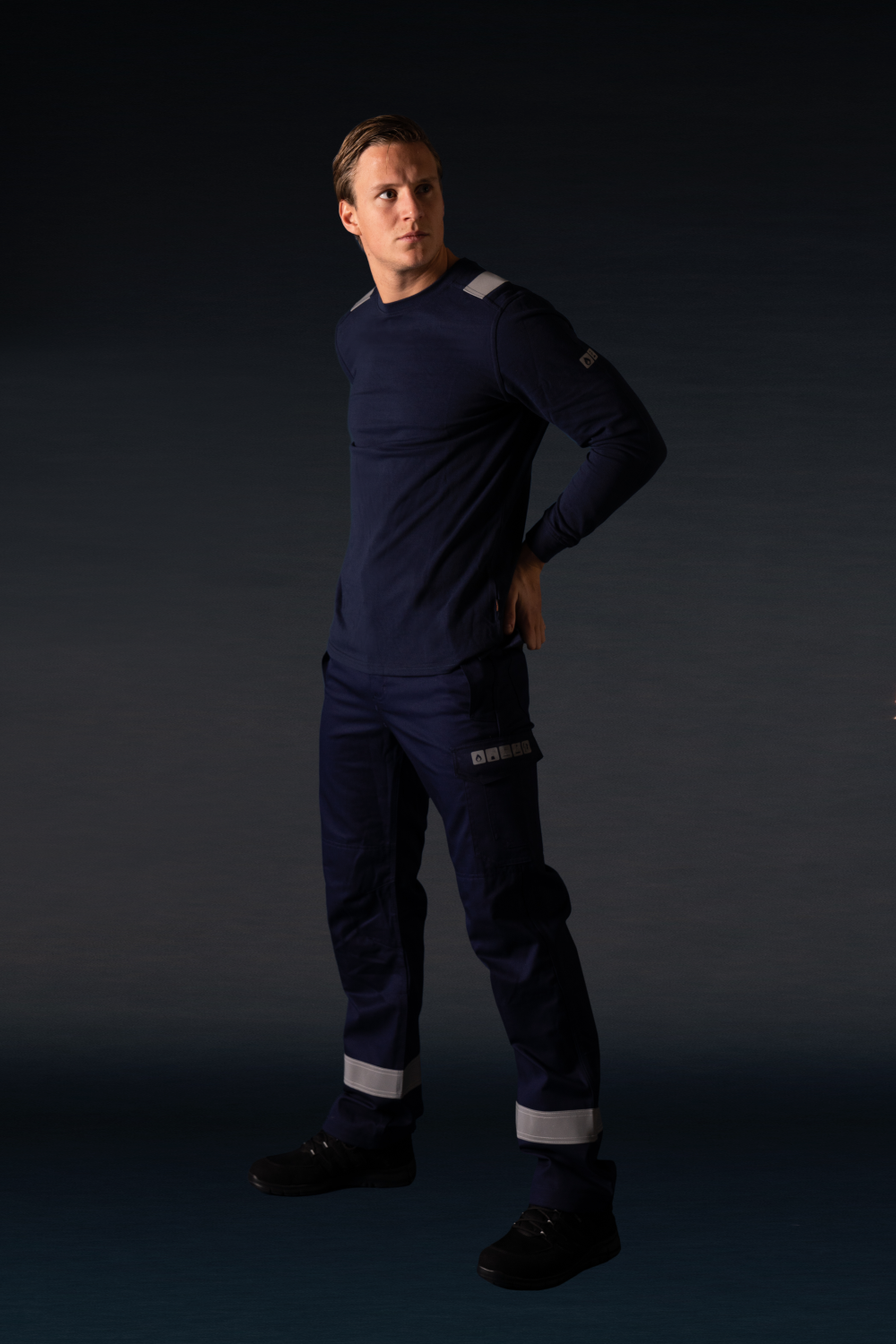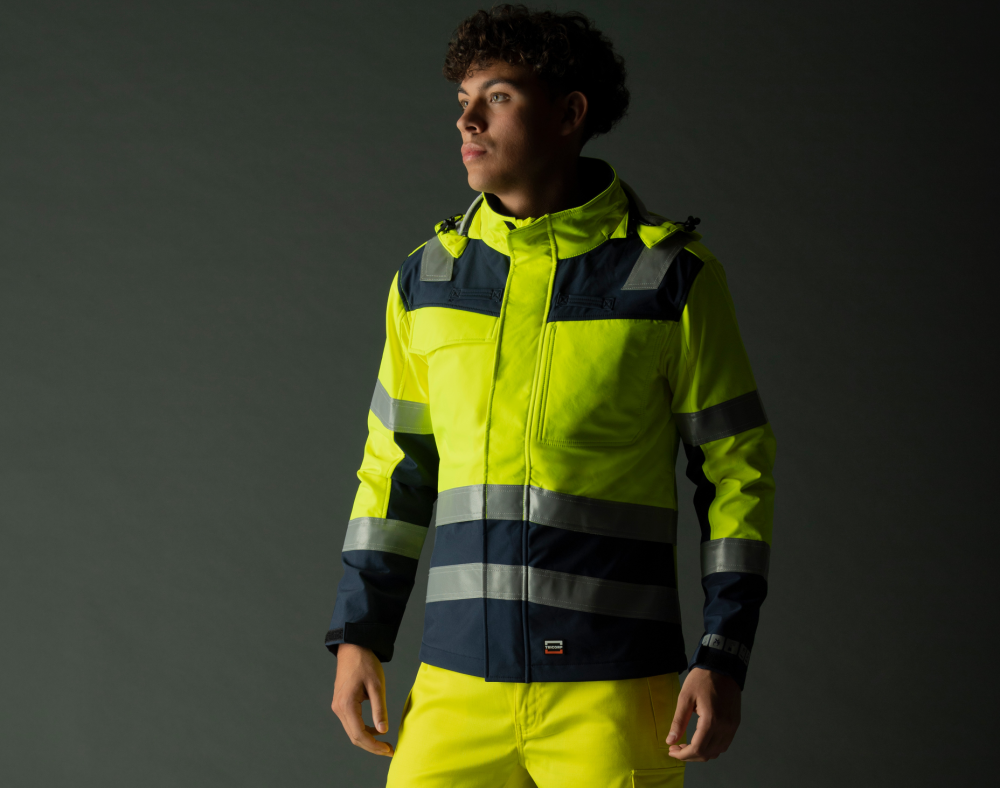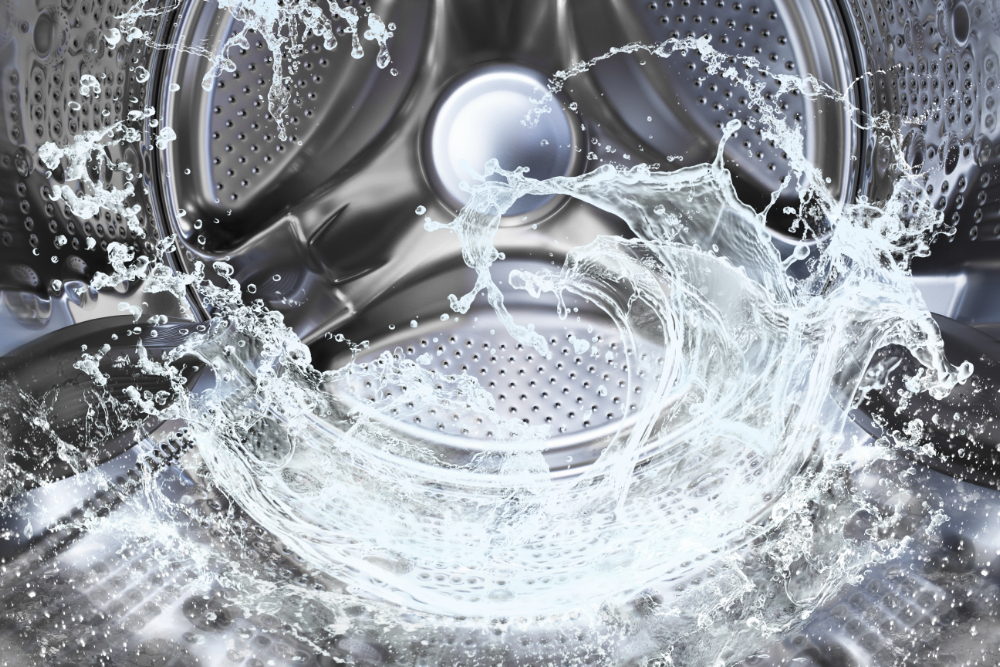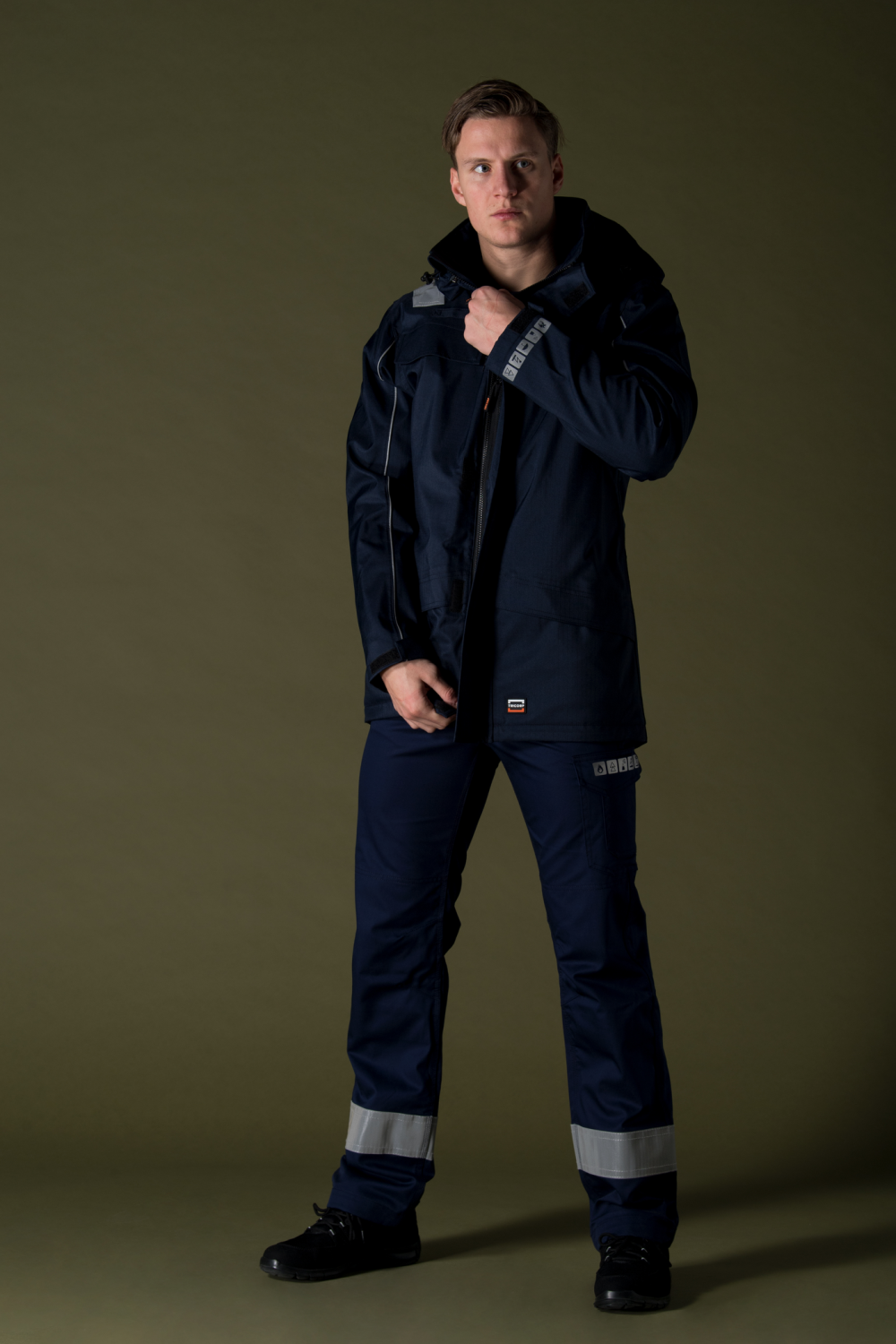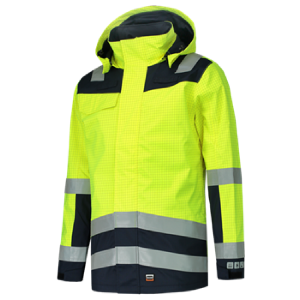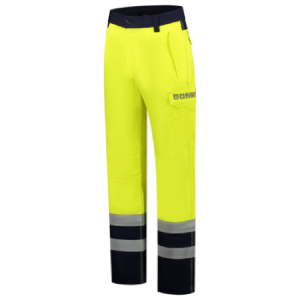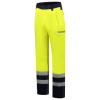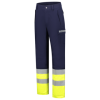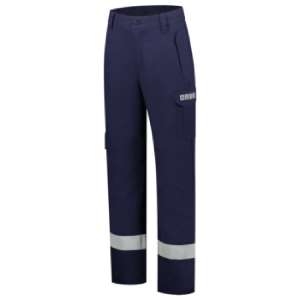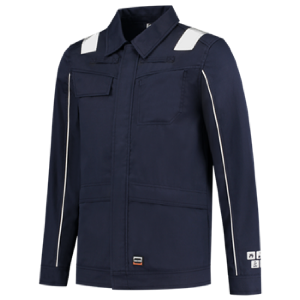EN 13034: Protection against liquid chemicals
Do you work with liquid chemicals and are your employees at risk of coming into contact with these? Then you are probably looking for work clothing that meets the EN 13034 standard. This standard is about protection against liquid chemicals, spatter from liquid chemicals to be precise. An important nuance that already illustrates that the EN 13034 standard is one of the more complex standards. So it is high time for some clarification.
WHAT CHEMICALS IS THE EN 13034 STANDARD ABOUT?
Within the EN 13034 standard, the fabric of clothing must be tested for protection against spatter of four liquid chemicals:
- sulfuric acid (dissolved in water with a concentration of 30%)
- caustic soda (dissolved in water with a concentration of 20%)
- o-xylene
- butanol
These are fairly common chemicals that are often used in practice. Generally speaking, work clothing with the EN 13034 standard offers sufficient protection against all acids and alkalis (also called bases) that are dissolved in water.
The temperature of the chemicals is 20ºC while testing, with a margin of 2ºC. The test determines two properties: 1) how much chemical liquid is repelled by the fabric and 2) the percentage of the liquid the fabric lets through in one minute. The criteria for the repellent capacity and the permeability of the fabric are displayed in the table below.
| Class | Repellent capacitu |
| 1 | >80% |
| 2 | >90% |
| 3 | >95% |
| Class | Permeability |
| 1 | <10% |
| 2 | <5% |
| 3 | <1% |
What makes the EN 13034 standard special is that the chemicals test only needs to be passed for one of the four liquid chemicals. However, the test is usually passed for two of these chemicals, namely sulfuric acid and caustic soda. So what about the other two and the millions of other chemicals in existence? So standardised, the EN 13034 has a limitation, and people are generally not very aware of this.

